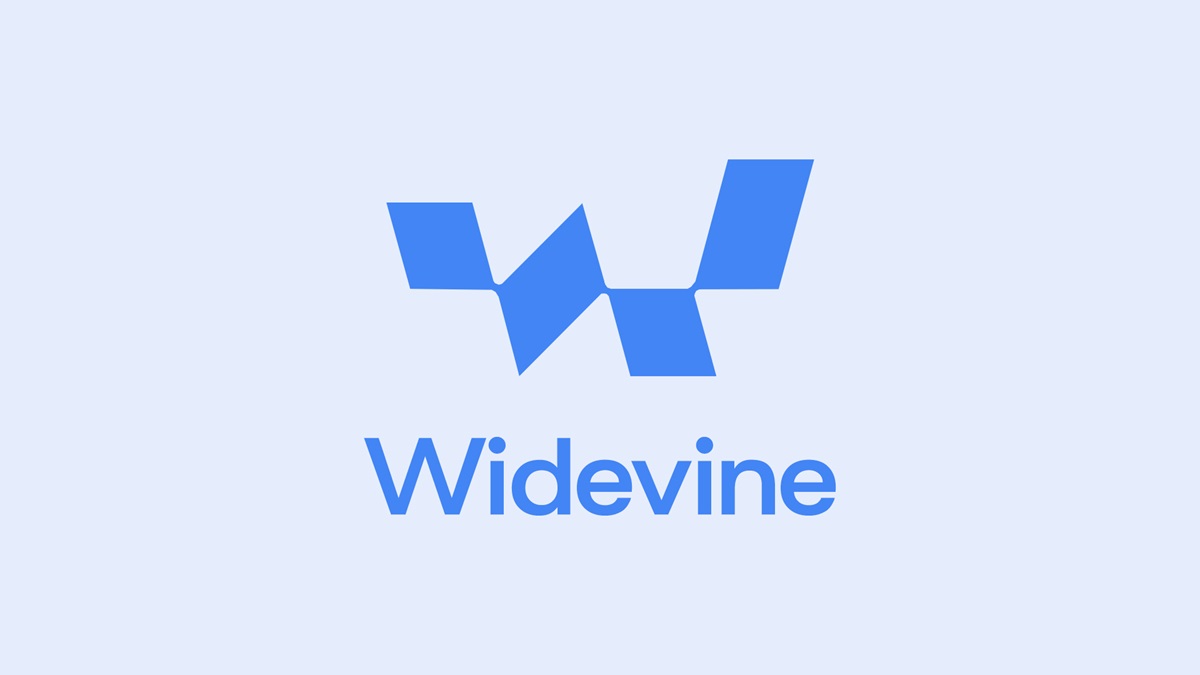In the modern digital age, streaming services have revolutionized how we consume multimedia content. With the proliferation of smartphones and tablets as primary devices for entertainment consumption, ensuring secure and high-quality content delivery has become paramount.

Widevine DRM (Digital Rights Management) certification, particularly at its highest level, Widevine L1, plays a pivotal role in this landscape. Let’s understand what Widevine L1 certification entails, why it’s crucial for smartphones, tablets, and similar smart devices; and explore other certification levels of it.
What is Widevine DRM?
Widevine DRM is a robust encryption technology developed by Google, aimed at safeguarding digital content from unauthorized access, distribution, and piracy. It employs encryption and decryption techniques to secure multimedia content during transmission and playback. The Widevine DRM system consists of multiple security levels, each offering varying degrees of protection.
Understanding Widevine certification levels:
- Widevine L1:
- Widevine L1 stands at the highest level of security certification within the Widevine DRM ecosystem. Many smartphone users prefer this over L2 and L3.
- Devices with Widevine L1 certification can decode standard-definition (SD), high-definition (HD), and ultra-high-definition (UHD) content.
- L1 relies heavily on hardware-based security mechanisms as well as software-based security too, making it extremely difficult for attackers to compromise.
- It’s a prerequisite for streaming platforms offering premium content in HD and UHD resolutions.
- Devices with Widevine L1 certification ensure secure playback of content from popular streaming services like Netflix, Amazon Prime Video, and Disney+.
- Widevine L2:
- Widevine L2 represents a mid-level security certification.
- Devices with Widevine L2 certification can decode both standard-definition (SD) and high-definition (HD) content. It is best for mid-range and HD displays.
- L2 incorporates some hardware-based security features, enhancing protection compared to L3.
- It’s typically found in mid-range smartphones, tablets, and some smart TVs.
- Widevine L3:
- Widevine L3 is the lowest security level in the Widevine DRM hierarchy.
- Devices with Widevine L3 certification can only decode standard-definition (SD) content.
- L3 relies primarily on software-based security measures, making it susceptible to tampering and unauthorized access. This is the main reason why smartphone users avoid this.
- It’s commonly found in entry-level or budget devices, where hardware-level security implementations might be limited or not needed at all.
Why Widevine L1 certification matters for smart devices?
- Access to high-quality content: Widevine L1 certification enables smartphones and tablets to access and stream high-quality content from leading streaming platforms. Without L1 certification, devices are restricted to lower-quality streams, limiting user experience.
- Enhanced security: Hardware-based security measures in Widevine L1-certified devices offer robust protection against piracy and unauthorized access to multimedia content. This reassures content creators and distributors, fostering a healthy digital content ecosystem.
- Compliance with streaming standards: Many streaming platforms mandate Widevine L1 certification for devices to access their premium content libraries. By meeting this requirement, smartphones and tablets ensure compatibility with industry standards and broaden their appeal to consumers.
- Future-proofing devices: As streaming services continue to evolve, the demand for higher-resolution content grows. Widevine L1 certification future-proofs smartphones and tablets, ensuring they can seamlessly adapt to emerging content delivery standards and consumer preferences.
End note.
In conclusion, Widevine L1 certification represents the pinnacle of content security and quality for smartphones and tablets. By adhering to stringent hardware-based security standards, L1-certified devices offer users unparalleled access to high-quality multimedia content while safeguarding the interests of content creators and distributors in an increasingly digital world.
Leave a Reply